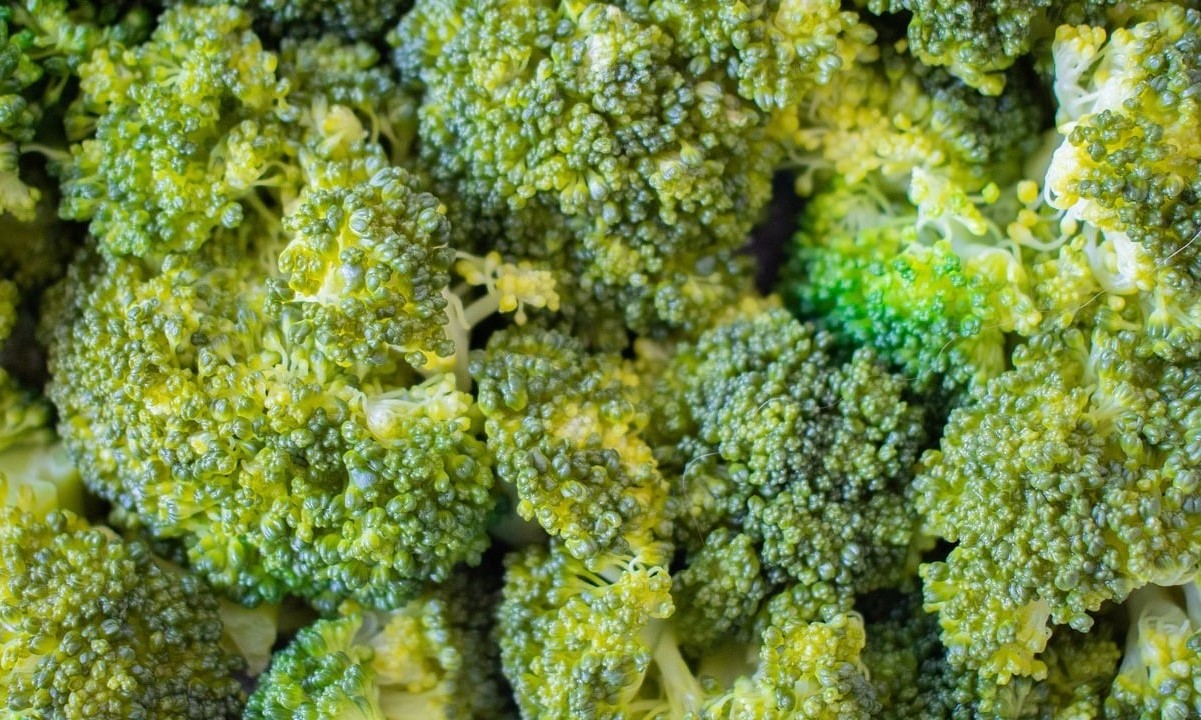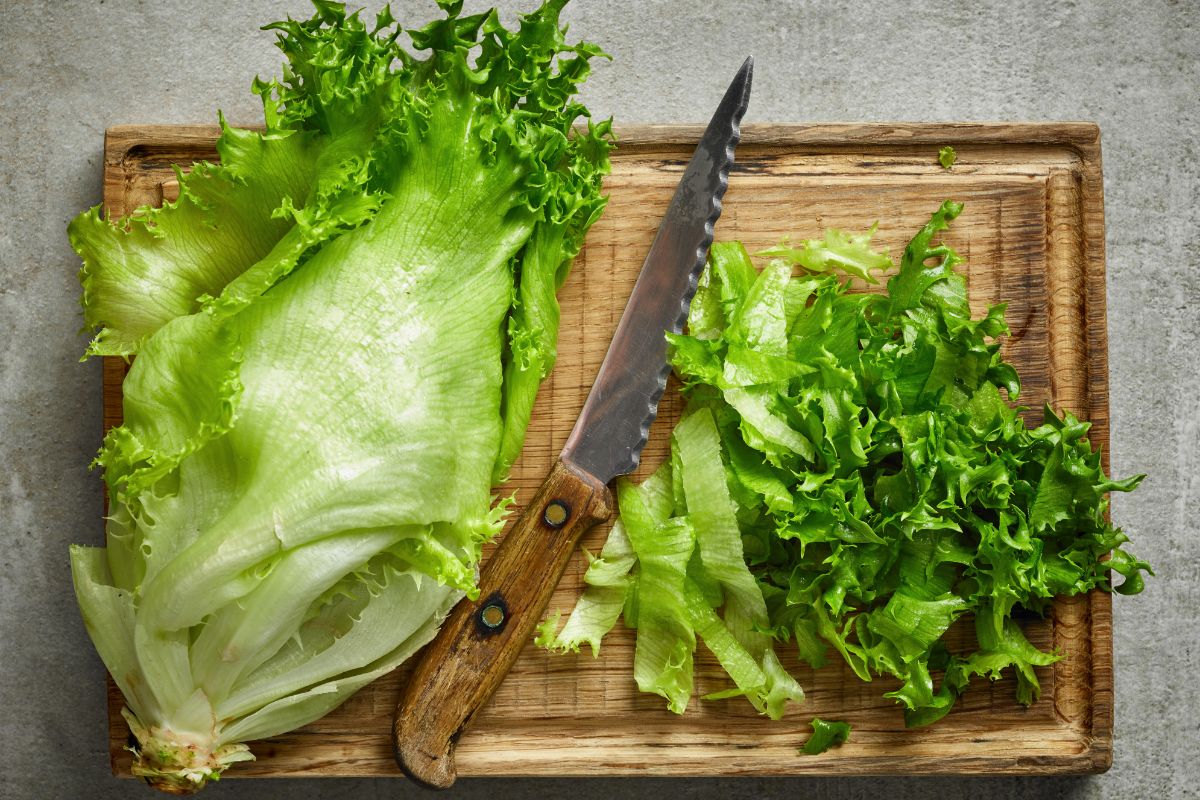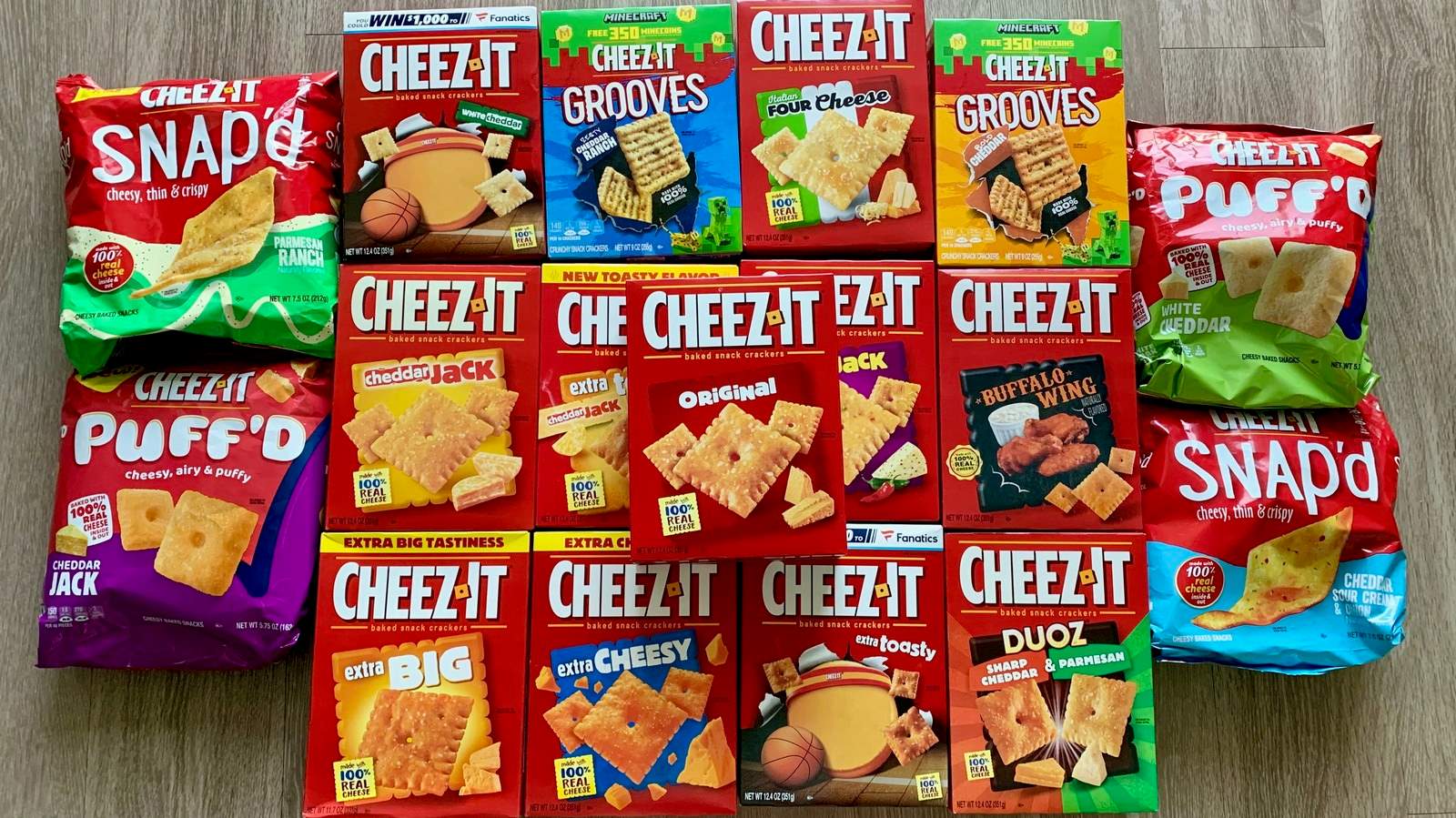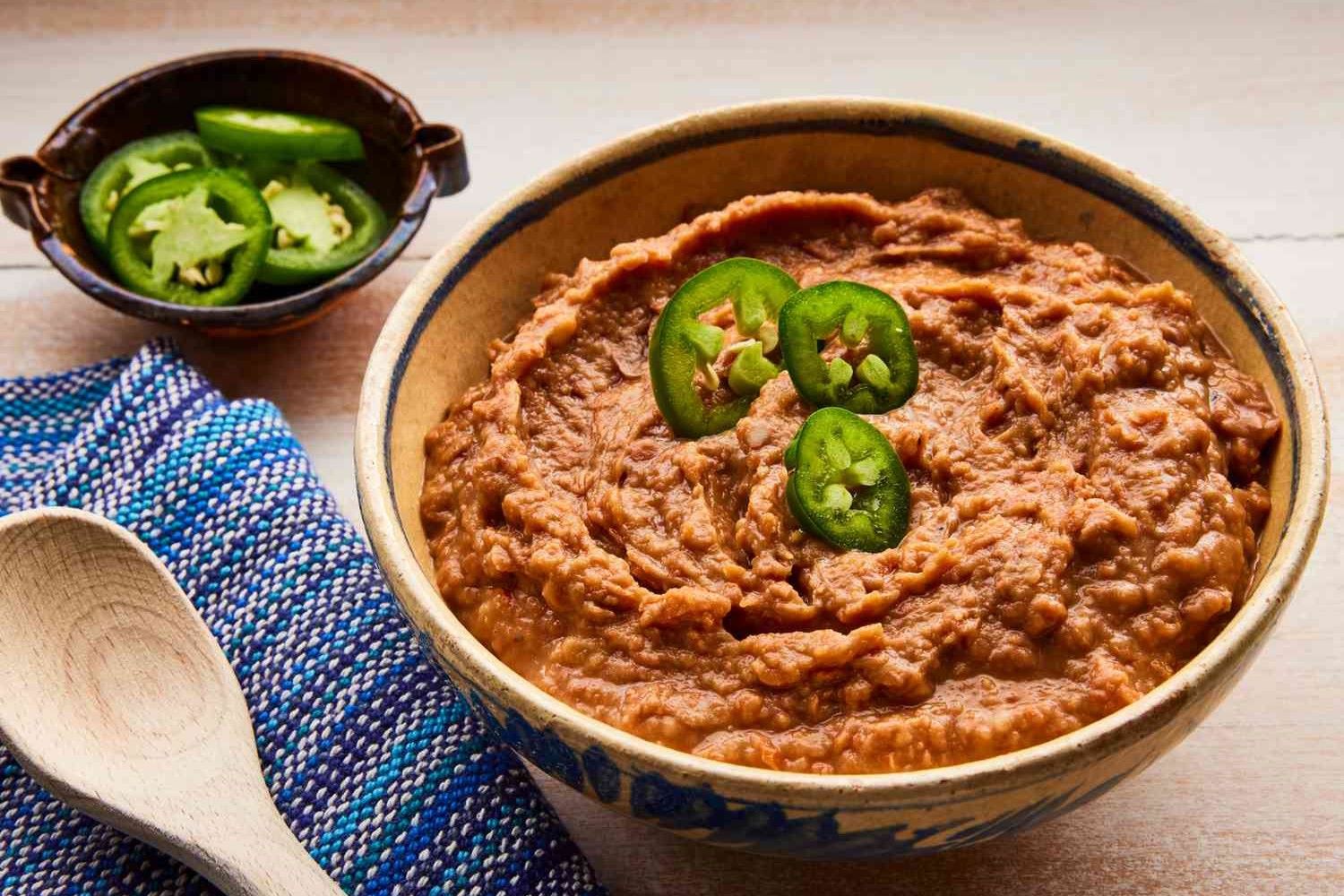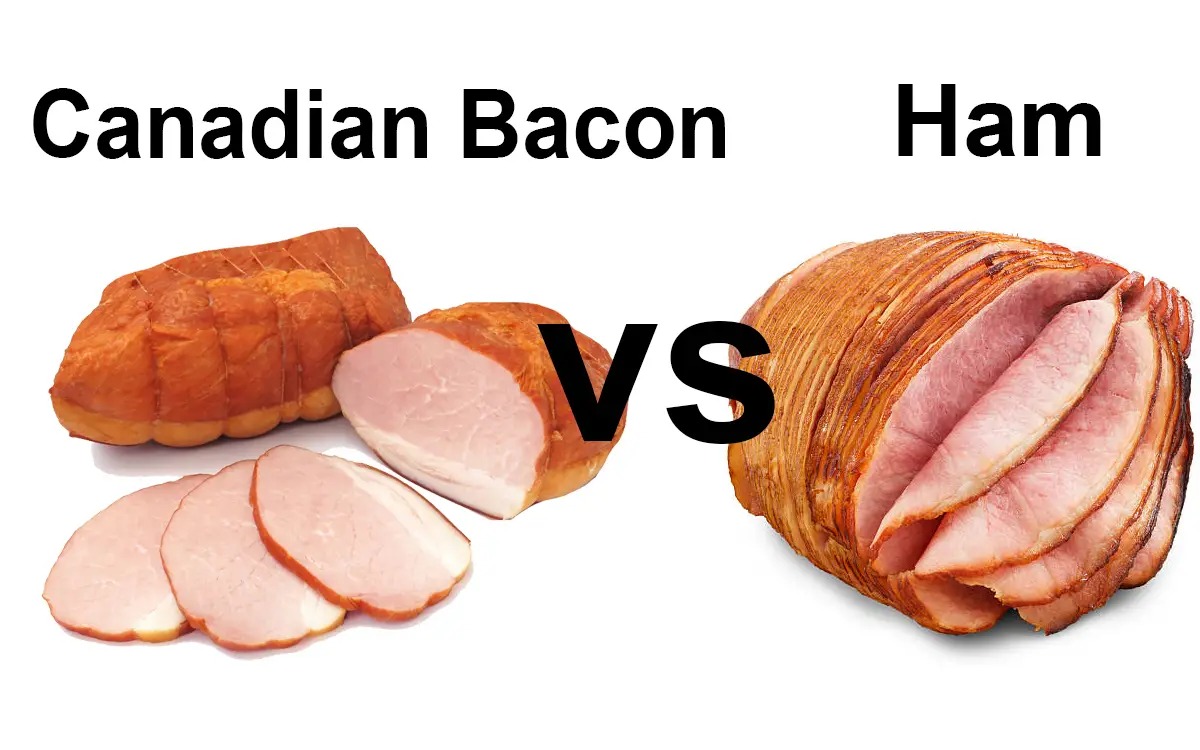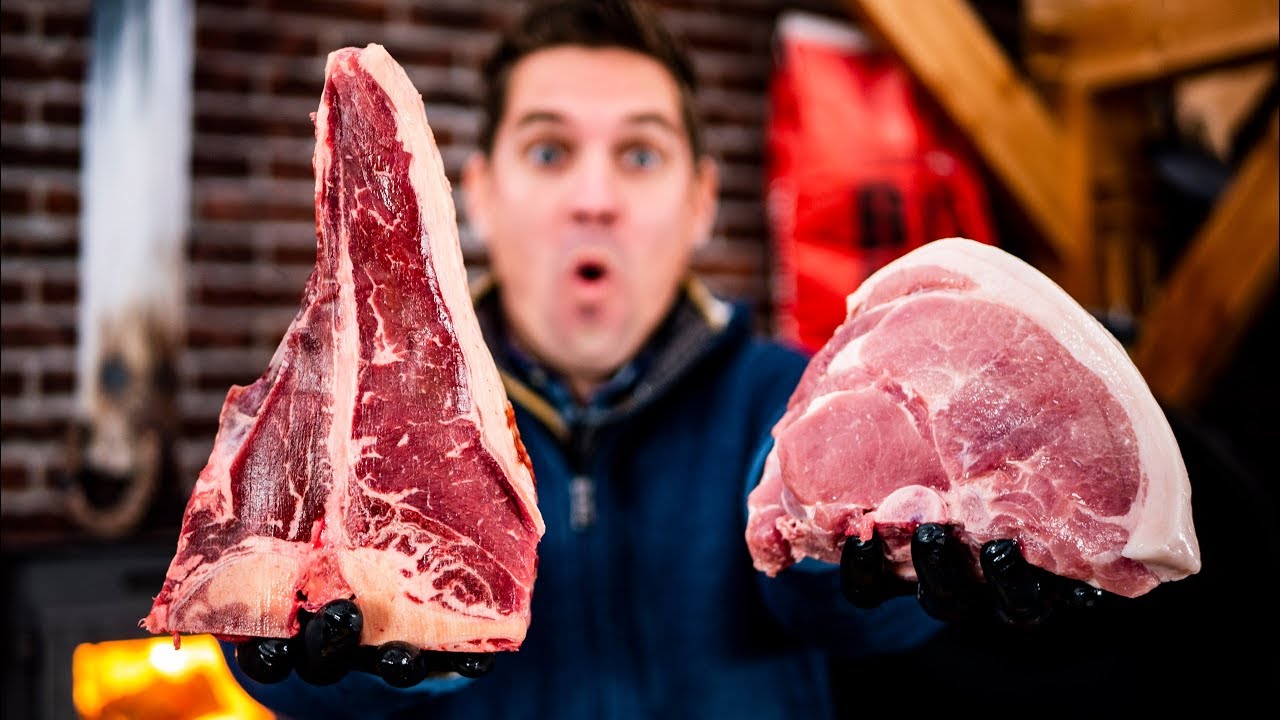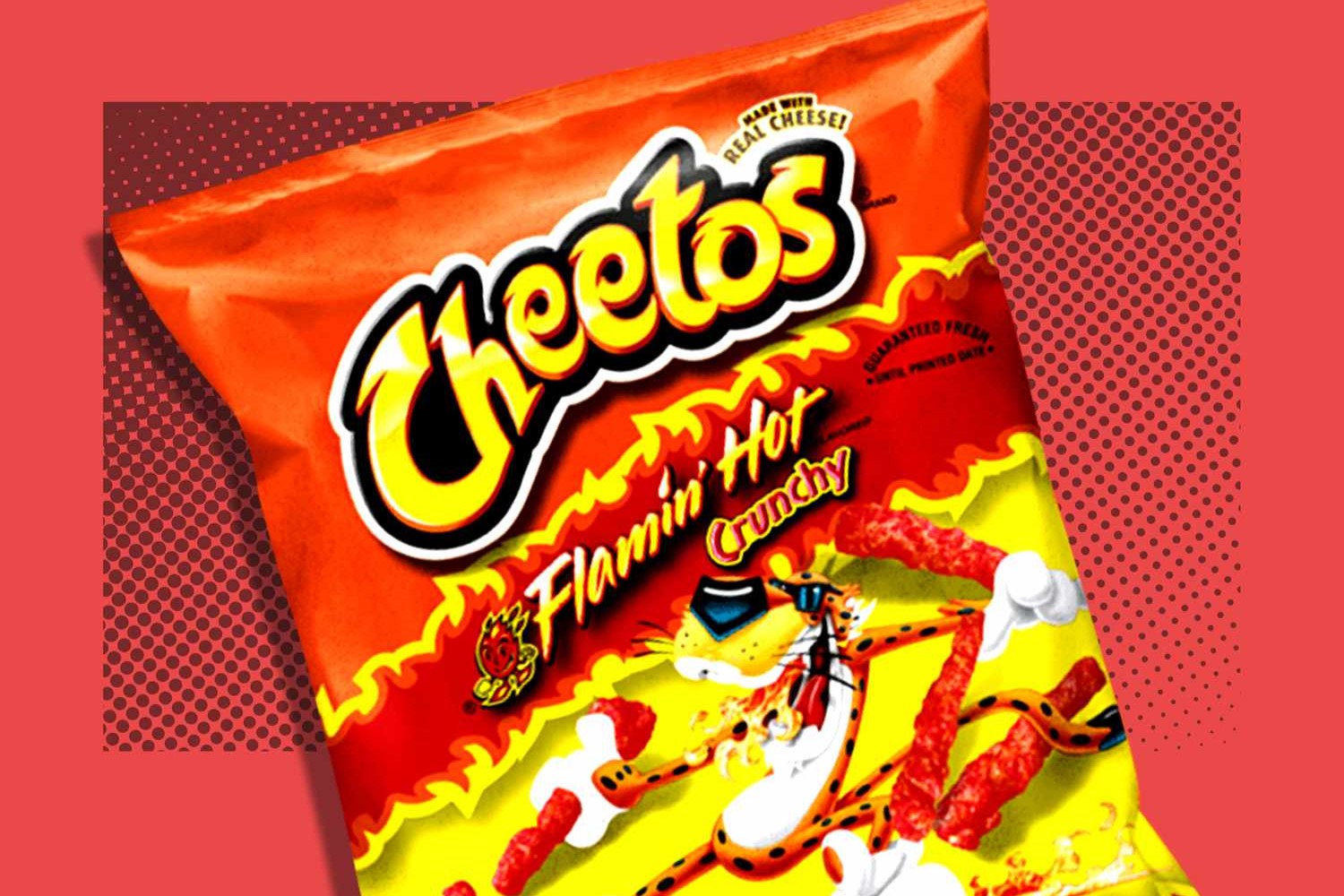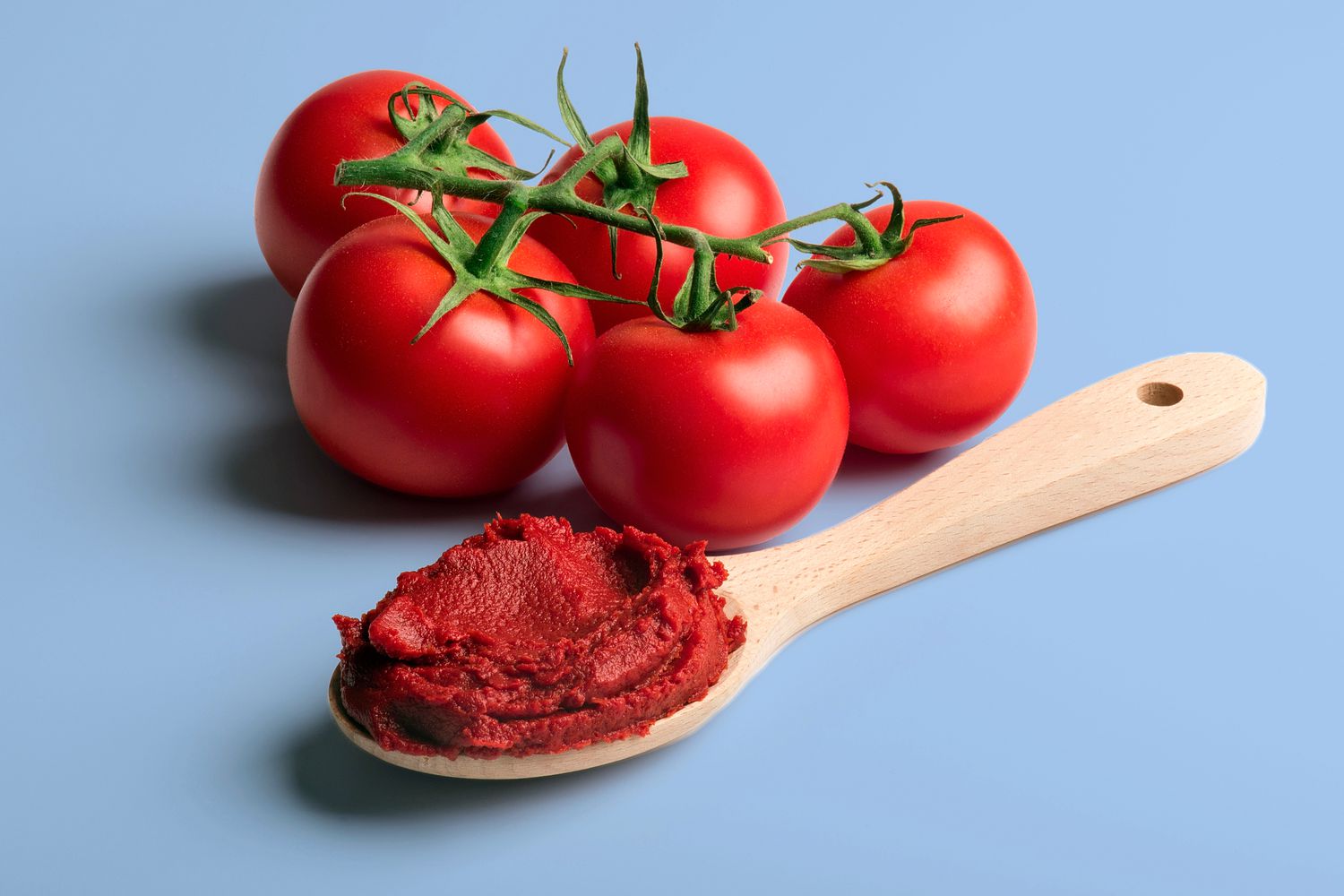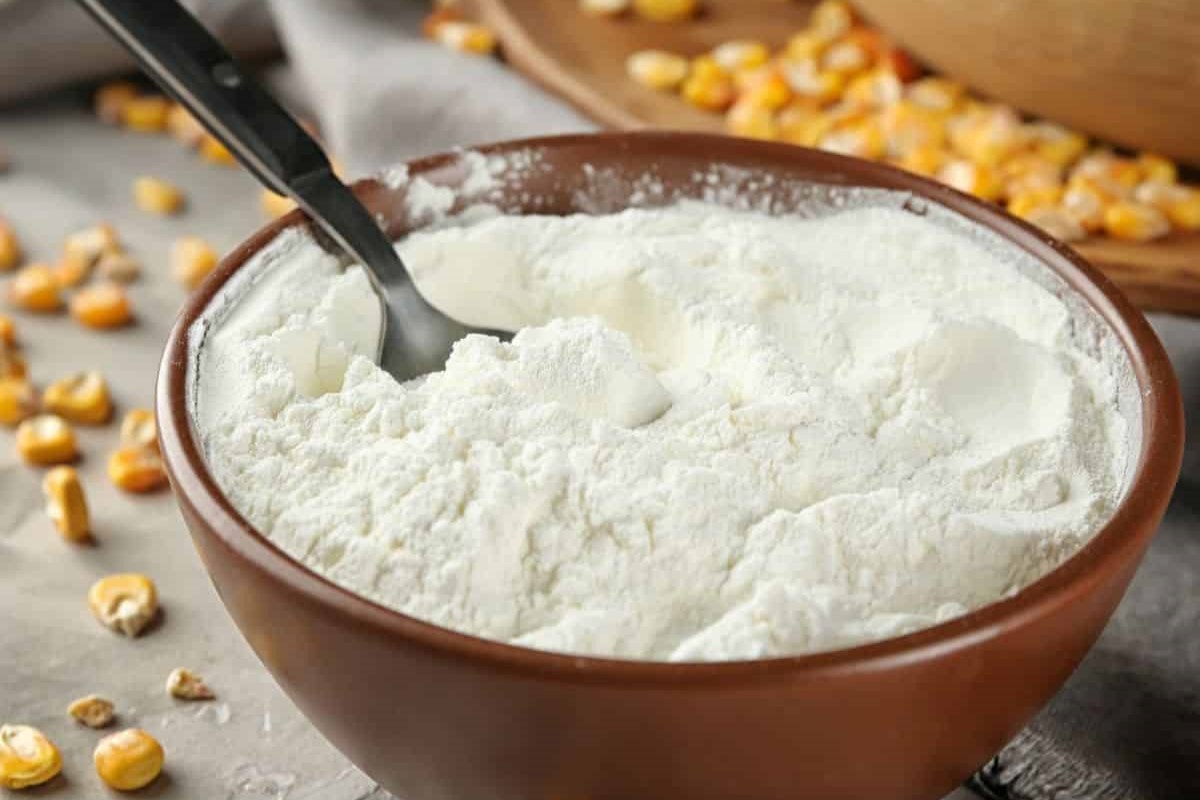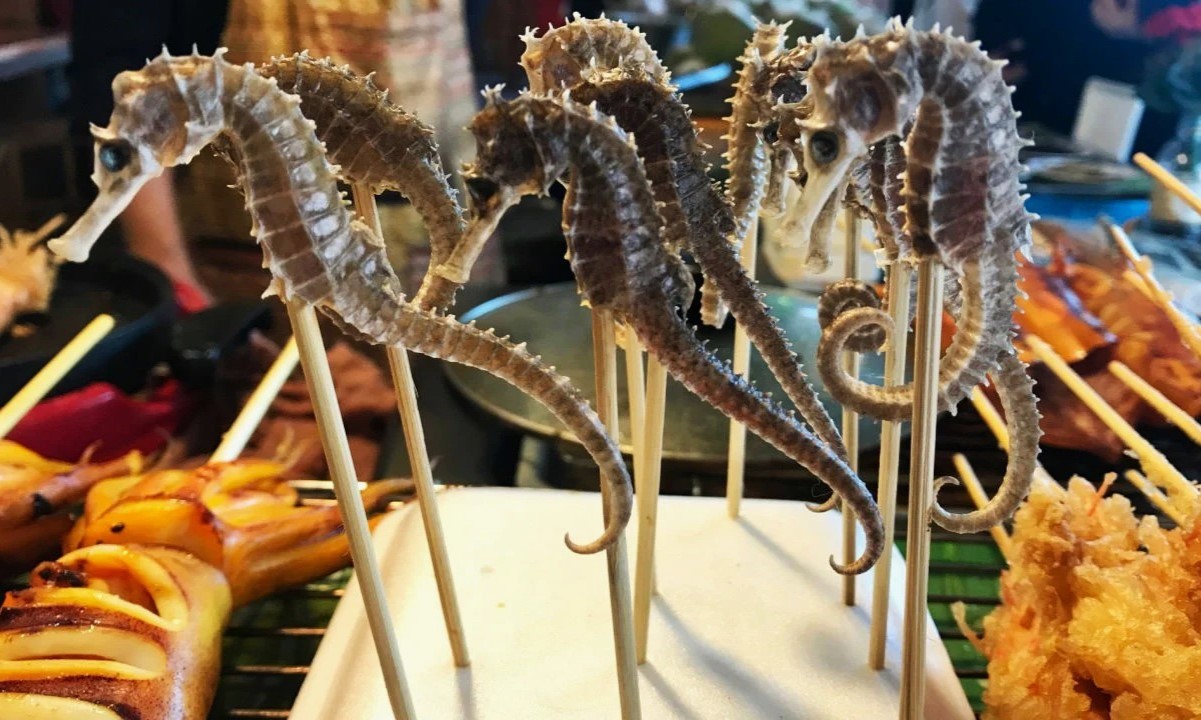Home>Food and Cooking>The Surprising Truth About Edible Glitter: How It’s Made Food Safe
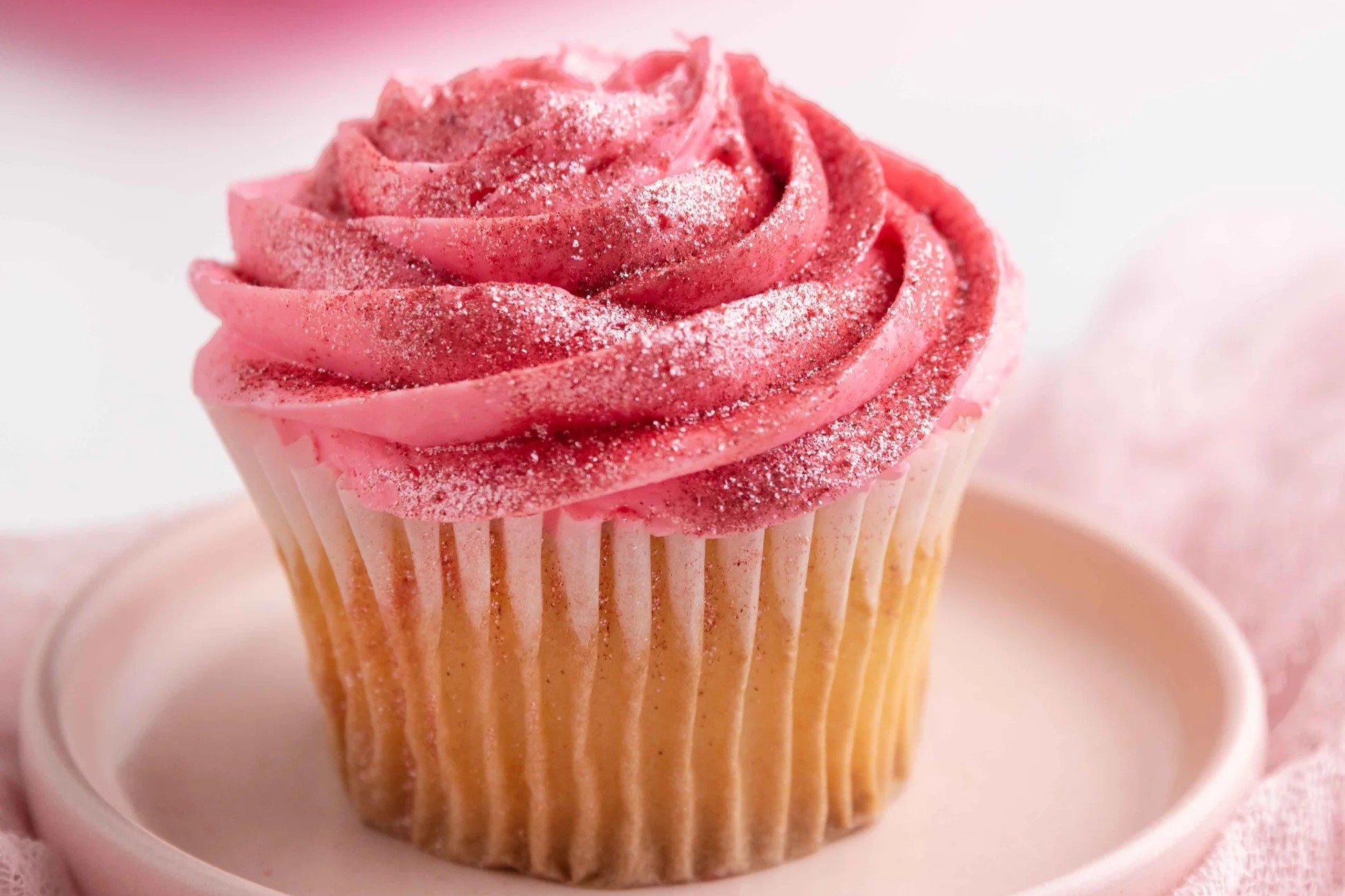

Food and Cooking
The Surprising Truth About Edible Glitter: How It’s Made Food Safe
Published: January 26, 2024
Discover the fascinating process of making edible glitter and how it ensures food safety. Learn more about food and cooking with this surprising truth.
(Many of the links in this article redirect to a specific reviewed product. Your purchase of these products through affiliate links helps to generate commission for Noodls.com, at no extra cost. Learn more)
Table of Contents
Introduction
Edible glitter has become a popular and enchanting addition to the world of culinary arts. It adds a touch of magic and sparkle to a wide array of dishes, from decadent desserts to festive beverages. However, behind the shimmer and glimmer lies a fascinating process and a set of regulations that ensure its safety for consumption.
The allure of edible glitter lies in its ability to transform ordinary foods into extraordinary creations. Whether it's a sprinkle of gold on a cupcake or a shimmering finish on a cocktail, this edible embellishment has captured the imagination of chefs and food enthusiasts alike.
In this article, we will delve into the captivating world of edible glitter, exploring its origins, production process, safety regulations, and creative applications in the culinary realm. By unraveling the mysteries behind edible glitter, we aim to provide a deeper understanding of this dazzling ingredient and its role in elevating the visual appeal of various food and beverage offerings.
So, let's embark on a journey to uncover the surprising truth about edible glitter, from its inception to its safe and delightful incorporation into the culinary landscape.
What is Edible Glitter?
Edible glitter is a captivating and versatile ingredient that has gained popularity for its ability to add a touch of glamour and whimsy to a wide range of culinary creations. Unlike traditional non-edible glitter, which is crafted from materials not intended for consumption, edible glitter is specifically formulated using ingredients that are safe for ingestion. This key distinction allows chefs, bakers, and mixologists to adorn their edible masterpieces with dazzling accents while ensuring that they remain entirely safe to eat and drink.
Edible glitter comes in various forms, including dust, flakes, and even liquid suspensions, each offering unique applications in the culinary realm. These shimmering particles are available in an extensive palette of colors, ranging from vibrant jewel tones to iridescent pastels, enabling food artisans to unleash their creativity and infuse their dishes with a mesmerizing visual allure.
Crafted from edible components such as sugar, gum arabic, and food coloring, edible glitter is meticulously designed to meet stringent safety standards while delivering a delightful aesthetic impact. Its composition ensures that it dissolves easily in the mouth, allowing for a seamless and enjoyable dining experience without compromising on safety.
Whether it's a sprinkle of glittering powder atop a confectionery masterpiece or a swirl of liquid glitter adorning a cocktail, this enchanting ingredient has transcended its traditional association with baked goods to become a coveted embellishment for a diverse range of culinary delights. From celebratory cakes and cookies to artisanal chocolates and beverages, edible glitter has emerged as a captivating tool for elevating the visual appeal of edible creations, making them truly stand out and delight the senses.
In the next section, we will delve into the intricate production process of edible glitter, shedding light on the meticulous methods employed to ensure its safety and quality.
The Production Process
The production of edible glitter is a precise and intricate process that involves the careful selection and formulation of ingredients to meet stringent safety and quality standards. The journey from raw materials to the dazzling finished product requires meticulous attention to detail and adherence to strict manufacturing protocols.
The process typically begins with the selection of high-quality edible components, such as sugar, gum arabic, and food-grade colorants. These ingredients form the foundation of edible glitter and are chosen for their safety, purity, and ability to create the desired visual effects.
Once the raw materials are assembled, they undergo a series of specialized processes to transform them into the shimmering particles that define edible glitter. The exact production methods may vary depending on the specific type of glitter being manufactured, whether it be dust, flakes, or liquid suspensions.
For powdered edible glitter, the ingredients are carefully blended and processed to achieve the desired particle size and texture. This may involve grinding, milling, and sieving to create a fine, uniform powder that sparkles and shimmers when applied to food surfaces.
In the case of glitter flakes, the production process entails shaping and cutting the glitter mixture into precise, eye-catching shapes that add a touch of elegance and dimension to culinary creations.
Liquid suspensions of edible glitter involve the meticulous blending of edible components to create a visually stunning liquid that can be delicately applied to beverages, desserts, and other culinary delights.
Throughout the production process, rigorous quality control measures are implemented to ensure that the edible glitter meets the highest standards of safety and purity. This includes testing for potential allergens, microbial contaminants, and heavy metals, as well as verifying that the glitter dissolves easily and uniformly when consumed.
By adhering to these meticulous production methods and quality assurance procedures, manufacturers are able to create a dazzling array of edible glitter products that not only captivate the eye but also provide a safe and delightful embellishment for a wide range of food and beverage offerings.
In the following section, we will explore the safety regulations that govern the production and usage of edible glitter, shedding light on the measures in place to safeguard consumer well-being.
Safety Regulations for Edible Glitter
The production and usage of edible glitter are subject to stringent safety regulations to ensure that the glittering embellishments meet the highest standards of quality and are entirely safe for consumption. Regulatory bodies and food safety authorities have established specific guidelines and criteria that govern the manufacturing, labeling, and application of edible glitter, aiming to protect consumer well-being while preserving the enchanting allure of this culinary adornment.
One of the fundamental aspects of safety regulations for edible glitter pertains to the selection and sourcing of raw materials. Manufacturers are required to use food-grade ingredients that have been deemed safe for human consumption. This includes ensuring that the colorants used in edible glitter are approved for use in food products and comply with established safety standards. Additionally, the production facilities must adhere to strict hygiene and sanitation practices to prevent contamination and maintain the purity of the glittering particles.
Labeling requirements play a crucial role in informing consumers about the nature of the edible glitter and its ingredients. Clear and accurate labeling is essential to convey important information such as the list of ingredients, allergen warnings, and usage instructions. By providing transparent and comprehensive labeling, manufacturers empower consumers to make informed choices and safeguard individuals with specific dietary restrictions or allergies.
Furthermore, safety regulations encompass the assessment of potential health risks associated with the consumption of edible glitter. This includes evaluating the presence of allergens, heavy metals, and other contaminants that could pose a threat to consumer health. Manufacturers are required to conduct thorough testing and analysis to ensure that the glitter complies with safety limits for these substances, thereby mitigating any potential hazards.
In addition to production standards, safety regulations also extend to the application of edible glitter in food and beverages. Food handlers and culinary professionals are encouraged to follow best practices when incorporating edible glitter into their creations, ensuring that it is applied in a manner that aligns with food safety guidelines. By promoting responsible usage, safety regulations seek to uphold the integrity of edible glitter as a safe and enchanting embellishment for culinary delights.
Overall, safety regulations for edible glitter serve as a vital framework for upholding the safety, quality, and integrity of this captivating ingredient. By adhering to these regulations, manufacturers and culinary professionals can harness the enchanting allure of edible glitter while maintaining a steadfast commitment to consumer well-being.
How to Use Edible Glitter in Food
The incorporation of edible glitter into culinary creations offers a delightful opportunity to elevate the visual appeal of dishes and beverages, adding a touch of enchantment and whimsy to the dining experience. Whether you are a seasoned chef, a passionate home cook, or a budding food enthusiast, the creative application of edible glitter can infuse your creations with a captivating sparkle that truly dazzles the senses.
Sprinkling and Dusting
One of the simplest and most effective ways to use edible glitter is by sprinkling or dusting it onto finished food items. For baked goods such as cupcakes, cookies, and pastries, a gentle dusting of edible glitter can instantly transform them into dazzling confections. Using a fine, food-safe brush or a shaker, lightly sprinkle the glitter over the desired areas to impart a mesmerizing shimmer. This technique is also ideal for enhancing the visual allure of frosted cakes, adding a touch of magic to celebratory desserts.
Mixing into Batters and Doughs
Incorporating edible glitter directly into batters and doughs allows you to infuse your culinary creations with a subtle yet enchanting sparkle. When preparing cake batters, cookie doughs, or fondant for decorative elements, simply blend the desired amount of edible glitter into the mixture until it is evenly distributed. This method imparts a captivating hint of sparkle throughout the entire baked creation, creating a stunning visual impact when sliced or served.
Decorating Beverages
From cocktails and mocktails to specialty coffee drinks, edible glitter can be used to adorn a wide range of beverages, turning ordinary drinks into extraordinary indulgences. By carefully sprinkling or swirling edible glitter into beverages, you can create mesmerizing effects that captivate the eye and elevate the overall presentation. Whether it's a shimmering finish on a cocktail rim or a dazzling swirl in a frothy latte, the creative application of edible glitter adds a touch of glamour to any beverage offering.
Adorning Chocolates and Candies
For artisanal chocolates, truffles, and confectionery delights, edible glitter serves as a captivating embellishment that enhances their visual allure. Whether applied to the surface of chocolates or incorporated into decorative elements such as chocolate drizzles and candy coatings, edible glitter imparts a magical touch that entices the senses. The delicate sparkle adds an element of luxury and sophistication to these delectable treats, making them truly stand out as indulgent delights.
By exploring these creative methods of using edible glitter in food, you can unleash your culinary imagination and transform everyday dishes and drinks into extraordinary works of art. With a sprinkle here and a swirl there, edible glitter invites you to infuse your culinary creations with a touch of enchantment, captivating the eyes and delighting the palate. So, let your creativity sparkle and shine as you embark on a culinary journey filled with the mesmerizing allure of edible glitter.
Conclusion
In conclusion, the world of edible glitter is a captivating realm where creativity, culinary artistry, and stringent safety standards converge to offer a dazzling and enchanting embellishment for a wide array of food and beverage creations. From its meticulous production process to the strict safety regulations that govern its usage, edible glitter embodies a harmonious blend of visual allure and consumer well-being.
The journey of edible glitter begins with the careful selection of food-grade ingredients, including sugar, gum arabic, and approved colorants, which are skillfully transformed into shimmering particles that captivate the eye. The production process, characterized by precision and quality control, ensures that each glittering creation meets the highest standards of safety and purity, allowing culinary professionals and home cooks to adorn their masterpieces with confidence.
Furthermore, safety regulations play a pivotal role in safeguarding the integrity of edible glitter as a safe and delightful embellishment for culinary delights. From the meticulous sourcing of raw materials to the transparent labeling of products, these regulations serve as a steadfast framework for upholding consumer well-being while preserving the enchanting allure of edible glitter. By adhering to these regulations, manufacturers and culinary professionals can harness the captivating magic of edible glitter while maintaining a steadfast commitment to safety and quality.
The creative applications of edible glitter in food and beverages offer an opportunity for culinary enthusiasts to infuse their creations with a touch of whimsy and elegance. Whether it's a sprinkle on a cupcake, a shimmering finish on a cocktail, or a delicate swirl on a confection, edible glitter invites individuals to unleash their culinary imagination and elevate the visual appeal of their dishes and drinks.
In essence, edible glitter represents a harmonious union of artistry and safety, inviting individuals to embark on a culinary journey filled with wonder and delight. As the mesmerizing sparkle of edible glitter continues to adorn a diverse range of culinary creations, it serves as a testament to the enchanting possibilities that emerge when creativity and safety converge in the world of food and cooking.

